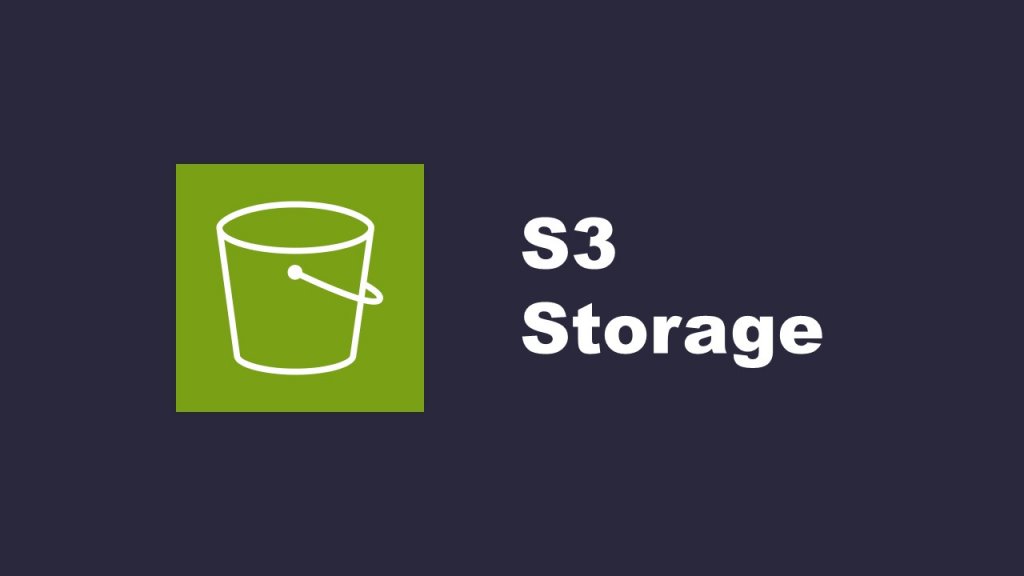Guide to S3 storage classes types
Introduction
Data storage and management have become an increasingly important challenges in modern business. Amazon S3 (Simple Storage Service) is a cloud storage solution that offers flexibility and reliability, providing multiple storage classes to cater to various needs. In this article, we will explain the different types of S3 storage classes and their respective features. Choosing the right storage class is a crucial decision as it can improve cost efficiency and optimize performance.
S3 Storage Classes
The S3 storage classes provide a way to categorize data based on storage requirements and access frequency. S3 offers multiple storage classes, each designed to meet different data storage needs.
1.S3 Standardー High availability and low latency data access

S3 Standard is the default storage class in Amazon S3, offering high availability and low latency, making it ideal for frequently accessed data and real-time data processing.
In this storage class, data is distributed across multiple Availability Zones, ensuring redundancy and durability. This ensures that data remains accessible even in the event of failures or disasters, guaranteeing business continuity and data safety.
2.S3 Standard-IA(infrequent access)ー Balancing cost efficiency and constant access requirements

S3 Standard-IA is a storage class within S3 that is designed to strike a balance between cost-efficiency and certain access requirements. It is well-suited for data that is not frequently accessed but still requires periodic access within a specific timeframe.
This storage class is optimized for storing infrequently accessed data at a lower cost. It is suitable for data that has limited access requirements and is stored for extended periods. For example, it can be used for data that needs to be retained for a certain period due to legal regulations or for data that is stored as an archive.
3.S3 One Zone-IA(1 zone infrequent access)ー Data Cost Efficiency and Single Availability Zone

S3 One Zone-IA is an S3 storage class designed to prioritize cost efficiency while storing data. Data is stored within a single availability zone, but the redundancy of that zone is ensured. Therefore, it is suitable for certain data that does not require redundant availability zones.
This storage class has the characteristic of being lower in cost compared to other storage classes. By utilizing a single availability zone, it is possible to reduce the cost of data storage.
4.S3 Glacier(archive)ー Long-term data archiving and low-cost storage

S3 Glacier is a storage class suitable for long-term data archiving and backups, providing cost-effective data storage. While accessing the data may take longer, it allows for economically storing large volumes of data.
This storage class offers a low-cost storage solution, effectively reducing the costs associated with data storage. If you have infrequent access to the data and require long-term storage, considering the use of S3 Glacier can result in significant cost savings.
5.S3 Glacier Deep Archiveー Extremely low-cost long-term data archiving

S3 Glacier Deep Archive is the most cost-effective storage class and an ideal solution for extremely long-term data archiving. While accessing the data may take up to 12 hours, it allows for storing data in the most economical way.
This storage class comes with the advantage of long-term data preservation and low-cost storage, making it a suitable choice for archiving data and meeting compliance requirements. It is ideal for scenarios that require long-term retention of data based on legal requirements or regulations, or when permanent archiving is necessary.
Conclusion
S3 storage classes provide flexible options to meet various data storage requirements and needs. Choosing the appropriate storage class is crucial for ensuring data security, availability, performance, and cost efficiency. By considering the nature and requirements of your data, you can select the right storage class to achieve effective data storage and cost optimization.



